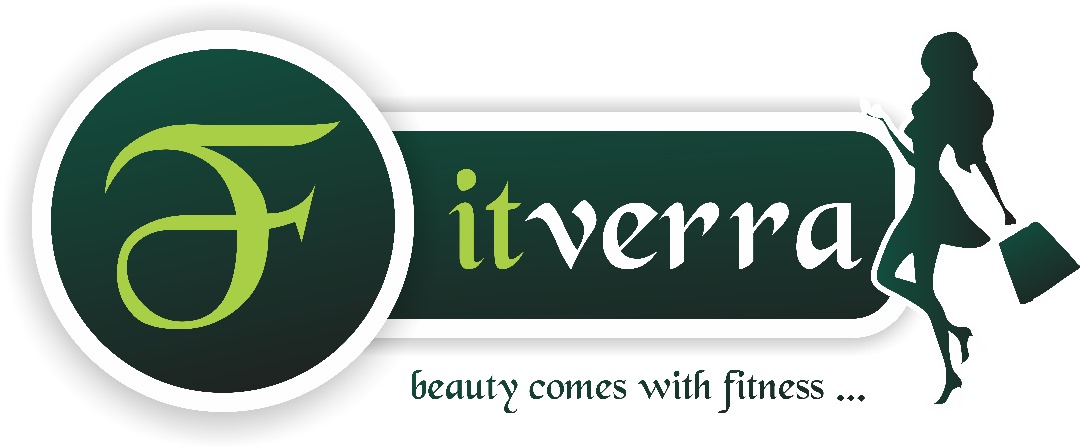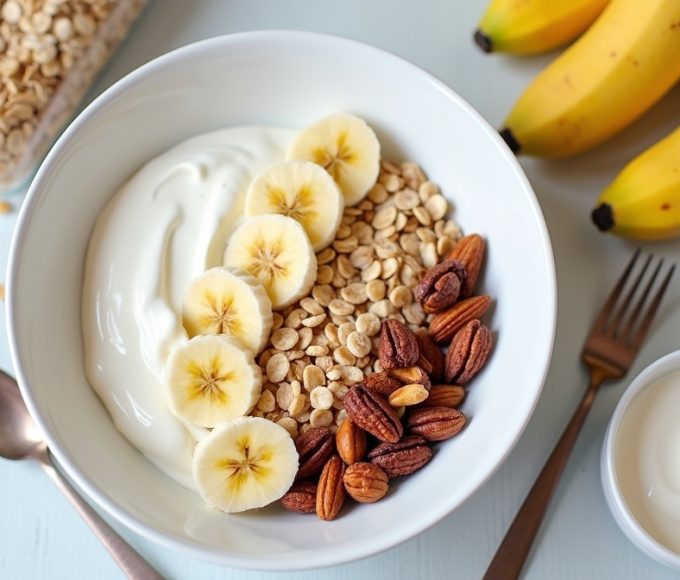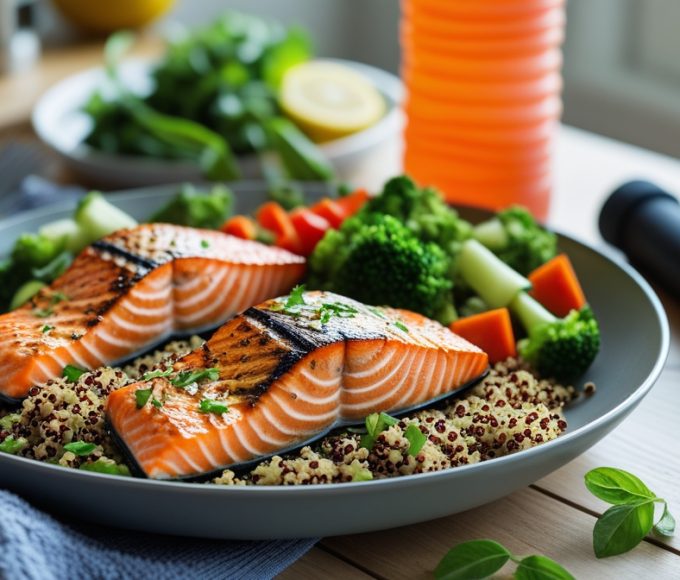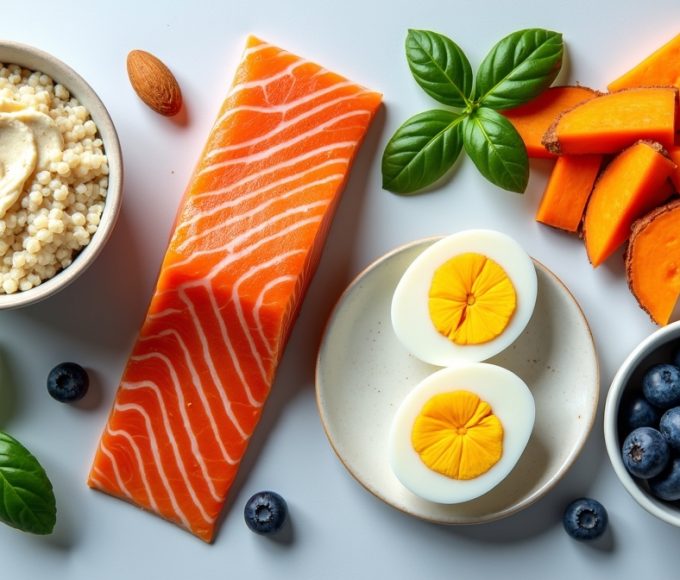When it comes to fat loss, cardio remains one of the most debated topics in fitness. Some swear by the intensity of HIIT (High-Intensity Interval Training), while others prefer the endurance benefits of steady-state cardio like jogging or cycling at a moderate pace.
So, which one really helps you burn more fat — HIIT or steady-state cardio? Let’s break it down.
🔥 What is HIIT?
HIIT stands for High-Intensity Interval Training. It involves short bursts of maximum effort exercises followed by rest or low-intensity activity.
Example HIIT workout:
- 30 seconds sprint
- 60 seconds walk
- Repeat for 15–20 minutes
Benefits of HIIT:
- Burns calories fast in a short time
- Boosts metabolism even after the workout (afterburn effect)
- Improves cardiovascular endurance and explosiveness
🏃♂️ What is Steady-State Cardio?
Steady-state cardio means maintaining a consistent, moderate pace for a longer duration — usually 30 to 60 minutes.
Examples:
- Jogging
- Cycling at a steady pace
- Swimming laps
Benefits of Steady-State Cardio:
- Easier to sustain for beginners
- Improves endurance and stamina
- Less taxing on the body compared to HIIT
⚖️ HIIT vs Steady-State Cardio: Fat-Burning Comparison
1. Calories Burned During Exercise
- HIIT burns more calories per minute because of its high intensity.
- Steady-state cardio burns fewer calories per minute but can be sustained longer.
👉 If you’re short on time, HIIT wins.
2. Afterburn Effect (EPOC)
- HIIT creates an afterburn effect, meaning you continue burning calories even after finishing.
- Steady-state cardio has little to no afterburn effect.
👉 HIIT has the edge here.
3. Muscle Preservation
- HIIT helps preserve muscle mass due to its strength-like intensity.
- Long-duration steady-state cardio may break down muscle if overdone.
👉 For fat loss without losing muscle, HIIT is better.
4. Sustainability
- HIIT can be tough and may cause burnout if done too often.
- Steady-state cardio is easier to stick with long term, especially for beginners.
👉 For consistency, steady-state cardio is a safer bet.
🏆 The Verdict: Which Should You Choose?
Both HIIT and steady-state cardio burn fat effectively, but the right choice depends on your lifestyle:
- Choose HIIT if you’re short on time, want fast results, and are okay with high intensity.
- Choose Steady-State if you enjoy longer workouts, prefer a steady pace, or are just starting out.
- Best Approach? A combination of both. Do 2–3 HIIT sessions a week and 2 steady-state sessions for maximum fat-burning and overall fitness.
✅ Key Takeaways
- HIIT burns more calories in less time and keeps metabolism elevated.
- Steady-state cardio builds endurance and is easier for beginners.
- The most effective fat-burning routine combines both styles.
💬 Conclusion
At the end of the day, the best cardio is the one you can stick with consistently. Whether that’s short HIIT bursts or long steady jogs, what matters most is making it a regular part of your lifestyle.
👉 Which do you prefer — HIIT or steady-state cardio? Share your go-to cardio style in the comments!




























Fitness is more important for good health.